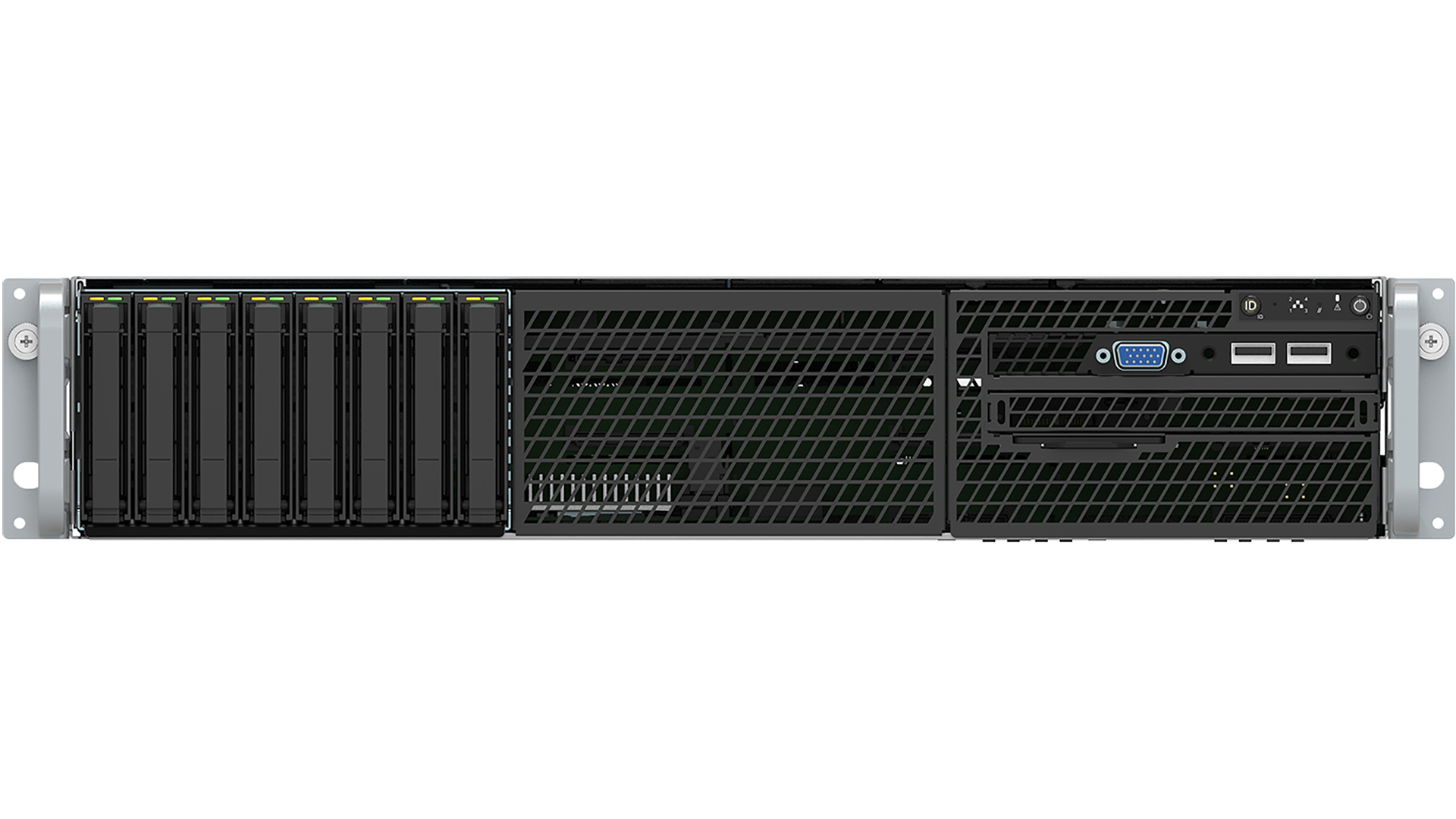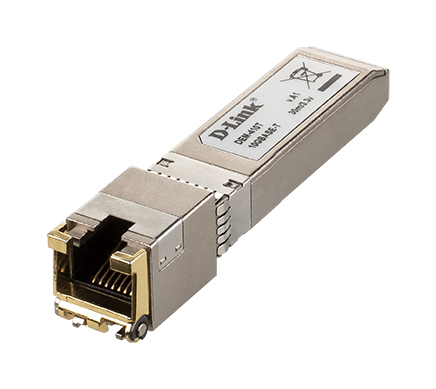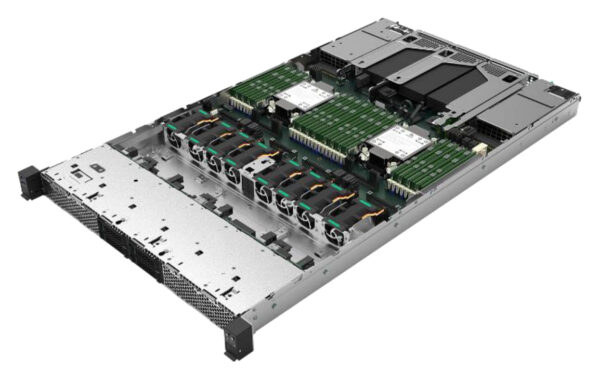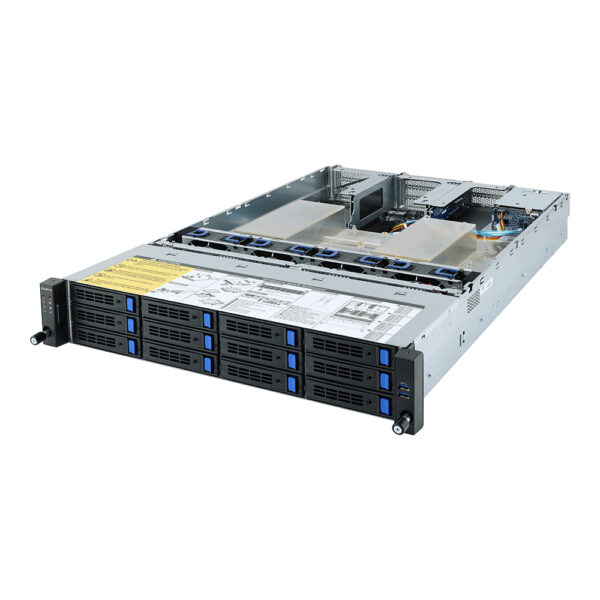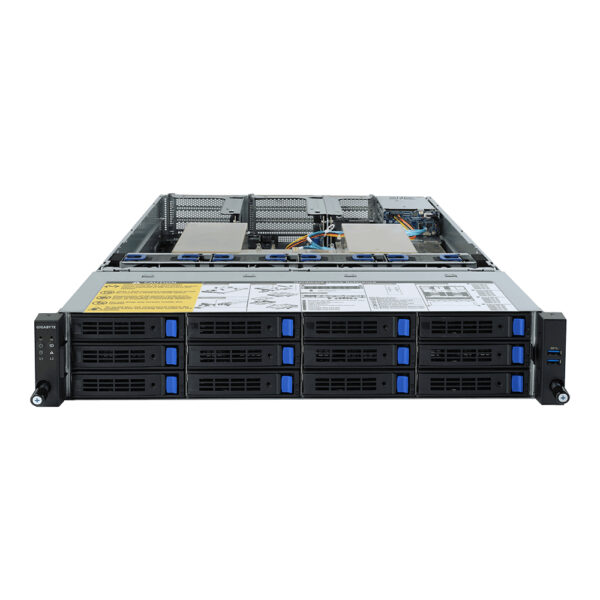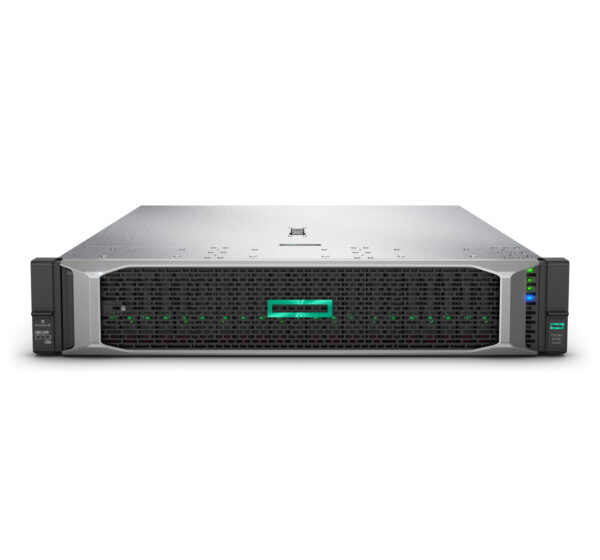Intel® Virtualization Technology for Directed I/O (VT-d)
Intel® Virtualization Technology for Directed I/O (VT-d) continues from the existing support for IA-32 (VT-x) and Itanium® processor (VT-i) virtualization adding new support for I/O-device virtualization. Intel VT-d can help end users improve security and reliability of the systems and also improve performance of I/O devices in virtualized environments.
TPM Version
TPM (Trusted Platform Module) is a component that provides hardware level security upon system boot-up via stored security keys, passwords, encryption and hash functions.
Integrated BMC with IPMI
IPMI (Intelligent Platform Management Interface) is a standardized interface used for out-of-band management of computer systems. The integrated BMC (Baseboard Management Controller) is a specialized microcontroller that enables IPMI.
PCIe x4 Gen 3
PCIe (Peripheral Component Interconnect Express) is a high speed serial computer expansion bus standard for attaching hardware devices to a computer. This field indicates the number of PCIe sockets for the given lane configuration (x8, x16) and PCIe generation (1.x, 2.x).
Integrated Graphics
Integrated graphics allow for incredible visual quality, faster graphic performance and flexible display options without the need for a separate graphics card.
Intel® Optane™ Memory Supported
Intel® Optane™ memory is a revolutionary new class of non-volatile memory that sits in between system memory and storage to accelerate system performance and responsiveness. When combined with the Intel® Rapid Storage Technology Driver, it seamlessly manages multiple tiers of storage while presenting one virtual drive to the OS, ensuring that data frequently used resides on the fastest tier of storage. Intel® Optane™ memory requires specific hardware and software configuration.
RAID Configuration
RAID (Redundant Array of Independent Disks) is a storage technology that combines multiple disk drive components into a single logical unit, and distributes data across the array defined by RAID levels, indicative of the level of redundancy and performance required.
Intel® Remote Management Module Support
The Intel® Remote Management Module (Intel® RMM) allows you to securely gain access and control servers and other devices from any machine on the network. Remote access includes remote management capability, including power control, KVM, and media redirection, with a dedicated management network interface card (NIC).
Connector for Intel® Integrated RAID Module
Internal IO expansion module indicates a mezzanine connector on Intel® Server Boards that supports a variety of Intel(r) I/O Expansion Modules using a x8 PCI Express* interface. These modules are either RoC (RAID-on-Chip) or SAS (Serial Attached SCSI) modules that are not used for external connectivity through the rear I/O panel.
PCIe OCuLink Connectors (NVMe support)
Onboard PCIe OCuLink connectors provide direct-attach NVMe SSD support.
Intel® Rapid Storage Technology enterprise
Intel ® Rapid Storage Technology enterprise (Intel ® RSTe) provides performance and reliability for supported systems equipped with Serial ATA (SATA) devices, Serial Attached SCSI (SAS) devices, and/or solid state drives (SSDs) to enable an optimal enterprise storage solution.
# of UPI Links
Intel® Ultra Path Interconnect (UPI) links are a high speed, point-to-point interconnect bus between the processors, delivering increased bandwidth and performance over Intel® QPI.
Intel® Node Manager
Intel® Intelligent Power Node Manager is a platform resident technology that enforces power and thermal policies for the platform. It enables data center power and thermal management by exposing an external interface to management software through which platform policies can be specified. It also enables specific data center power management usage models such as power limiting.
Intel® Optane™ Persistent Memory Supported
Intel® Optane™ persistent memory is a revolutionary tier of non-volatile memory that sits between memory and storage to provide large, affordable memory capacity that is comparable to DRAM performance. Delivering large system-level memory capacity when combined with traditional DRAM, Intel Optane persistent memory is helping transform critical memory constrained workloads – from cloud, databases, in-memory analytics, virtualization, and content delivery networks.
Specifications
| Motherboard chipset | Intel® C624 |
| Processor socket | LGA 3647 (Socket P) |
| Number of DIMM slots | 24 |
| Supported memory types | DDR4-SDRAM |
| Maximum internal memory | 7500 GB |
| Number of storage drives supported | 2 |
| Storage drive sizes supported | M.2 |
| SSD form factor | M.2 |
| USB ports quantity | 5 |
| Ethernet LAN (RJ-45) ports | 1 |
| Serial ports quantity | 2 |
| Number of SATA connectors | 10 |
| PCI Express x4 (Gen 3.x) slots | 1 |
| PCI Express x8 (Gen 3.x) slots | 3 |
| PCI Express x16 (Gen 3.x) slots | 2 |
| PCI Express x24 Riser Super slots | 2 |
| PCI Express OCuLink connectors (NVMe support) | 4 |
| Trusted Platform Module (TPM) | Y |
| Trusted Platform Module (TPM) version | 2.0 |
| Intel® Optane™ DC Persistent Memory Supported | Y |
| Intel Node Manager | Y |
| Backplanes | Included |
| Intel® Optane™ DC Persistent Memory technology | Y |
| Number of UPI links | 2 |
| Harmonized System (HS) code | 8473305100 |
| Export Control Classification Number (ECCN) | 5A992C |
| Commodity Classification Automated Tracking System (CCATS) | G157815L2 |
| Compatible operating systems | Windows Server 2016*|Ubuntu* |
| Intel Advanced Management Technology | Y |
| Intel Rapid Storage Technology enterprise | Y |
| Intel Build Assurance Technology | Y |
| Intel Quiet Thermal Technology | Y |
| Intel Remote Management Module Support | Y |
| Intel Quiet System Technology (QST) | Y |
| Intel Efficient Power Technology | Y |
| Intel On-Demand Power Redundancy Technology | Y |
| Intel Fast Memory Access | Y |
| Intel Intelligent Power Node Manager | Y |
| Intel Flex Memory Access | Y |
| Intel Server Customization Technology | Y |
| Intel Virtualization Technology for Directed I/O (VT-d) | Y |
| Intel® Optane™ Memory Ready | N |
| Internal I/O Expansion Module x8 Gen 3 | 1 |
| Chassis type | Rack (2U) |
| Rack rails | N |
| Rack-Friendly board | Y |
| Heat sink included | Y |
| Heat sink | (2) FXXCA78X108HS |
| Power supply type | AC |
| Power supply | 1300 W |
| Redundant power supply (RPS) support | Y |
| Number of power supply units | 1 |
| Thermal Design Power (TDP) | 205 W |
| CPU configuration (max) | 2 |
| On-board graphics card | N |
| Expected discontinuance date | 2023 |
| Extended warranty available for purchase (select countries) | Y |
| Included riser slot 1 configuration(s) | 3x PCIe Gen3 x8 |
| Launch date | Q2'19 |
| Optical drive supported | Y |
| Redundant fans | Y |
| Riser slot 1 number of lanes | 24 |
| Riser slot 2 number of lanes | 24 |
| Status | Launched |
| Supported RAID configuration | SW RAID 0, 1, 10, optional 5 |
| Supported board | Intel Server Board S2600WF0R |
| Target market | Mainstream |
| Riser slot 3 number of lanes | 12 |
| Riser Slot 2 configuration | 3x PCIe Gen3 x8 |
| Riser slot 3 configuration | 1x PCIe Gen3 x8 + 1x PCIe Gen2 x4 |
| Product type | System |
| Product series | Intel® Server System R2000WF Family |
| Product codename | Wolf Pass |



